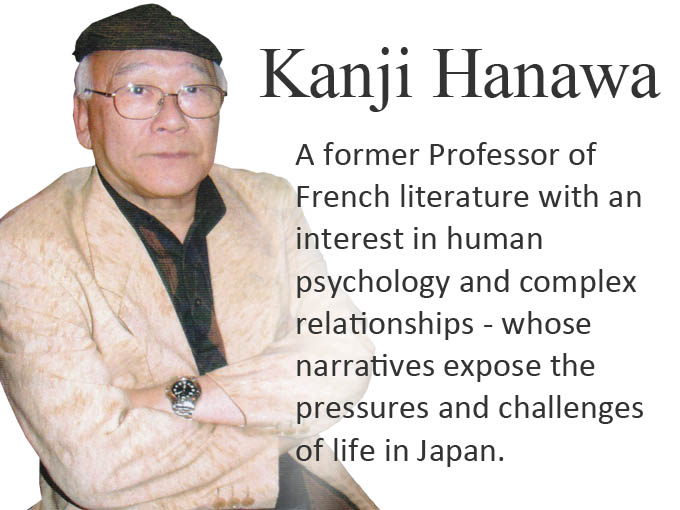- Folk Tales
A series of publications in 1912 introduced psychoanalysis to Japan[UPDATED: 5-29-2020]
Seventeen years after Sigmund Freud (1856-1939) first used the term psychoanalysis to describe his new method, the concept was introduced to Japan in 1912, according to Perversion and Modern Japan: Psychoanalysis, Literature and Culture, in a series of articles.
Nonetheless, the actual first official use of the word psychoanalysis in Japanese or English, which many argue was a term coined by Freud, is unclear. Freud is reported to have used the word initially in a letter in 1896 and subsequently in his book The Interpretation of Dreams, which was published in German in 1899 with an initial print run of 600 copies; and subsequently in English translation in 1913.
The concept of psychoanalysis was, however, by 1913 fully introduced and used in Japan, just as the first English translation of The Interpretation of Dreams was being published by Macmillan in the United Kingdom. This introduction was made by Morooka Son, an academic at Kyushu Imperial University, in a series of papers in the Japanese literary journal Eniguma, the first of which was published in 1912.
Son published a Japanese translation of Dream of an unmarried woman with notes and commentary; and wrote a Freudian analysis of a European novel as well as a local one, The Tale of Genji, thought to be the world’s oldest novel, in three separate papers, according to Perversion and Modern Japan: Psychoanalysis, Literature and Culture edited by Keith Vincent, Nina Cornyetz.
The links between psychoanalysis, folklore, classical literature, narrative texts and mythology are well known and documented since at least 1899 when Freud drew on Greek myths using the term Oedipus Complex in his book The Interpretation of Dreams to analyse a particular dynamic of the relationship between a child and a parent of the opposite-sex.
Even before the arrival of Freud and psychoanalysis in Japan, during the nation’s modernising Meiji era (1868-1912), Japanese intellectuals including the Buddhist philosopher Inoue Enryo (1858-1919) were already analysing Japanese literature, especially narratives that depicted the weird, magical or supernatural; to help explain Japanese society and to debunk long held superstitions while highlighting the need for Japan to change.
Enryo, applied rational analysis to Japan’s literature of the extraordinary, creating taxonomies of ghosts and monsters, as metaphors for psychological disorders, and attributing their appearance to symptoms of ‘nerves’.
Despite the relatively early arrival of the concept of psychoanalysis in Japan, different folklore and mythologies, as well as the Japanese language itself and local religious beliefs, led some early highly prominent psychoanalysts outside Japan, such as the influential French psychoanalyst and psychiatrist Jacque Lacan (1901-1981), to conclude that: the Japanese were unanalysable; probably didn’t require psychoanalysis; or that psychoanalysis and Japan were a poor match.
This in turn has allowed others to continue to argue the case of the uniqueness of Japan, the Japanese, and Japanese culture – even though psychoanalysis has continued to evolve as a discipline in Japan.
It may have also helped reinforce the view held by some outside Japan and some within, that Japan is at times unfathomably perverse, and generally impossible to understand.
These perceptions have created a field day for journalists who frequently extol Japan’s unique weirdness or unfathomable perversions; not to mention cultural theorists looking to attain research grants to deconstruct Japan’s ‘unique’ foibles.
In various and often delightfully unpredictable ways this has inspired authors and many others in the Japanese creative arts, including Japan’s talented animators and video game makers, to adapt or modernise ancient tales of the extraordinary or to blend them with the influences of European gothic fiction, as well as advances in technology, to create new creative products and works.
Some contemporary Japanese authors, such as the Akutagawa prize-nominated Kanji Hanawa, have specialised in exploring human psychology and complex relationships with the aim of exposing the pressures and challenges of life in modern day Japan.
A good example of this is Hanawa’s work Backlight, which frames the abandonment of a seven-year-old boy in the woods of Hokkaido, and his relationship with his family, through the lens of psychology while also exploring folklore, identity and cultural analysis, at times with scorn and subtle indignation.
Another interesting example is the animator Hayao Miyazaki, famous for the folklore inspired Spirited Away and many other films, who often explores humanities relationship with nature, an important theme in early Japanese literature, in his work.
Miyazaki’s animations have been praised for how they depict the unconscious anxiety of children and have even been deconstructed from the perspective of psychoanalysis in academic papers such as Fantasy and reality in Miyazaki’s animated world.
This psychoanalysis inspired creativity, despite Japan still being considered unanalysable by some, has helped generate new forms of Japanese surrealism and suggestive storytelling that are at times both compelling and highly imaginative, while also being accessible, entertaining and uncanny.
- TOPICS:
- Kanji Hanawa
- Folk Tales
- Psychoanalysis

